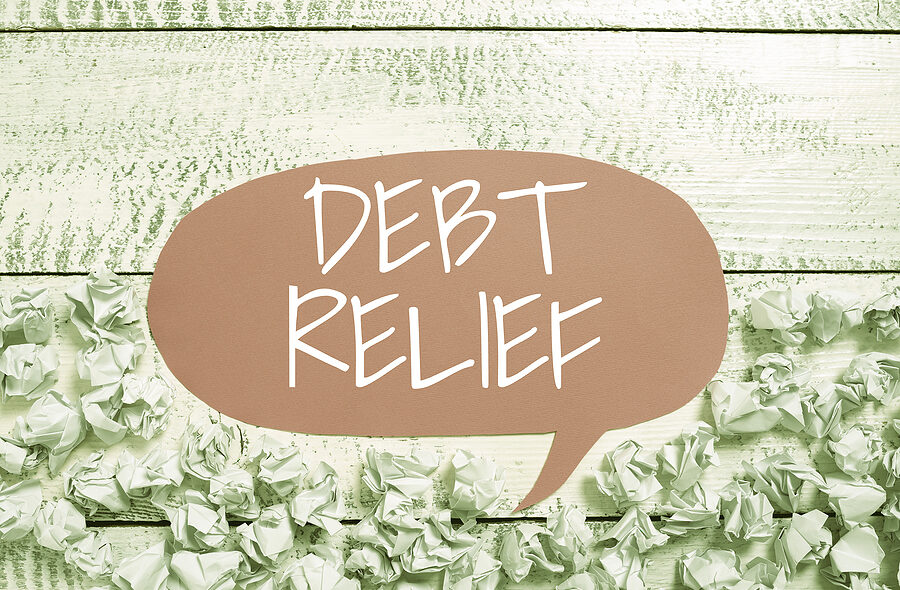When dealing with debt, there are different options consumers have available to them in terms of eliminating that debt. When it comes to debt consolidation and bankruptcy, it’s important to understand the differences between these two approaches, as well as the pros and cons of each.
Debt Consolidation
Debt consolidation involves taking out a new loan or line of credit to repay your debt under new, and potentially more favorable terms. The key is the person must have the ability to actually pay off these debts once they are consolidated. Otherwise, bankruptcy may be the better option for him or her.
Debt consolidation allows the consumer to streamline his or her debt repayment from multiple monthly payments with varying interest rates to just one. Additionally, if the consumer takes out a personal loan to pay off outstanding credit card debt, the interest rate associate with the loan will likely be much lower than the credit card rates, which can make paying off the debt easier for the consumer.
However, in order for the consumer to be successful with debt consolidation, not only must the consumer continue to make payments, but he or she must also avoid adding to the debt load, which means he or she must cut spending.
The time it takes to successfully complete debt consolidation depends on how much debt the consumer has, how much he or she can put towards paying down the debt, and the route chosen for consolidating the debt. It is important that the consumer asks about any fees, including making late payments or paying the loan off early. Depending on the lender, these fees could be hundreds if not thousands of dollars.
Bankruptcy
In comparison, bankruptcy involves debt elimination through a legal proceeding. Instead of combining debts to eventually pay them off, bankruptcy allows the consumer to discharge them, and completely wipe them out. Two different forms of bankruptcy are the most used bankruptcy routes for consumers. Chapter 7 bankruptcy, also referred to as “liquidation bankruptcy, allows the consumer to work with the bankruptcy trustee to sell whatever non-exempt assets he or she has in order to pay off qualifying debts. Whatever debts remain at the end are then discharged after several months.
Alternatively, Chapter 13 bankruptcy, also known as “reorganization bankruptcy,” allows the consumer to work closely with the bankruptcy trustee to create a repayment plan to pay down qualifying debts over the course of three to five years. The consumer debts remaining at the end of this repayment period are then discharged. However, not all debts are dischargeable in bankruptcy, including spousal support and child support, most tax debts, and student loan debts in most circumstances.
If a consumer is not sure which route to take when it comes to debt elimination, consulting a bankruptcy attorney may be a good option. The attorney can talk through the consumer’s situation to see whether debt consolidation may be a better fit for him or her or if bankruptcy would be the best option to free the consumer from his or her debt.
Please click here to read more.
If you have questions on this topic or are in financial crisis and considering filing for bankruptcy, contact an experienced Miami bankruptcy attorney who can advise you of all of your options. As an experienced CPA as well as a proven bankruptcy lawyer, Timothy Kingcade knows how to help clients take full advantage of the bankruptcy laws to protect their assets and get successful results. Since 1996 Kingcade Garcia McMaken has been helping people from all walks of life build a better tomorrow. Our attorneys’ help thousands of people every year take advantage of their rights under bankruptcy protection to restart, rebuild and recover. The day you hire our firm, we will contact your creditors to stop the harassment. You can also find useful consumer information on the Kingcade Garcia McMaken website at www.miamibankruptcy.com.

